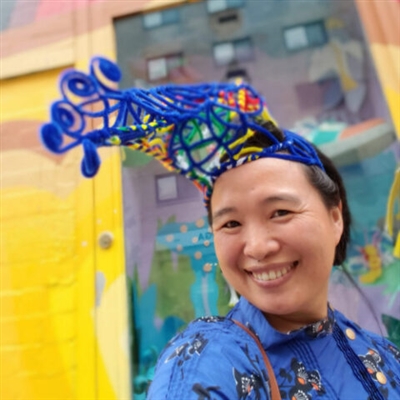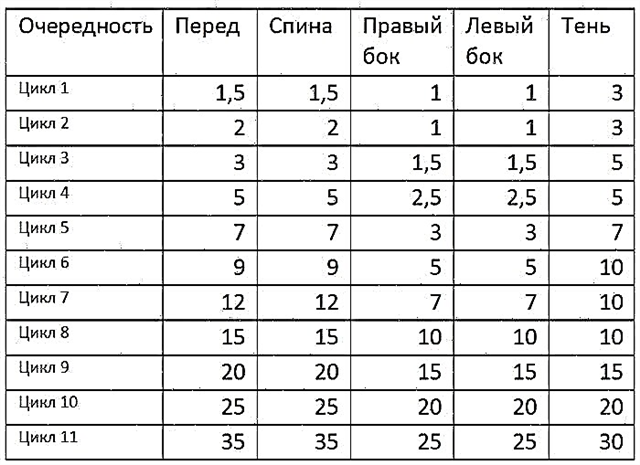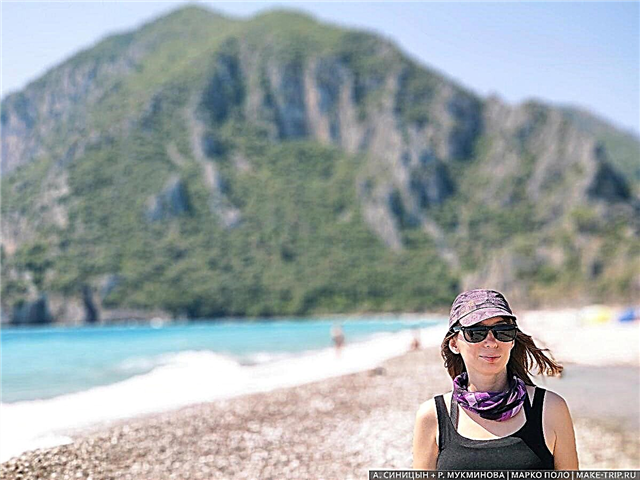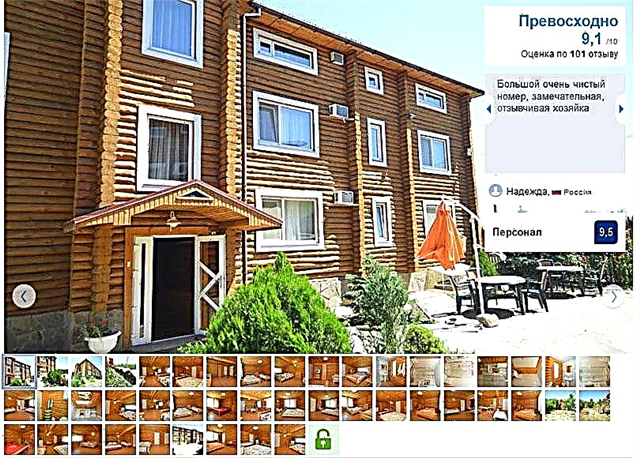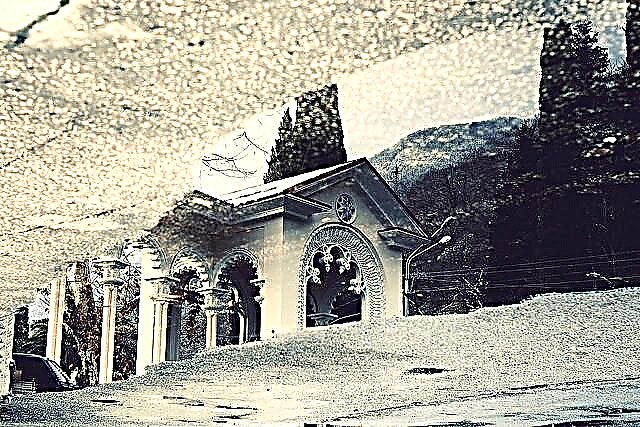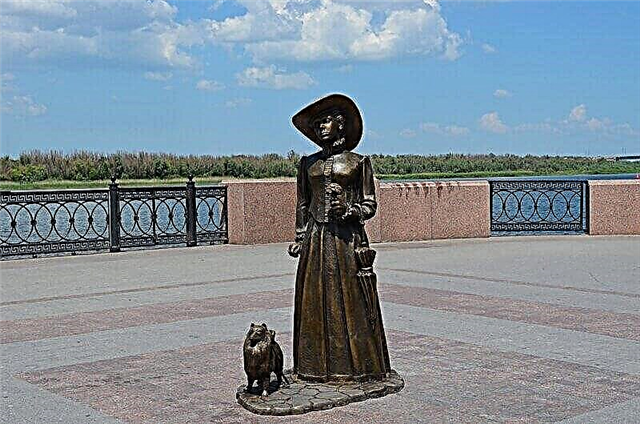Astrakhan is the southern regional center with a population of about 500 thousand inhabitants. The history of the city dates back to the 16th century, since then many events have left their mark on its development. The Astrakhan region is located on the southern borders of Russia; the city has always been an important political and commercial center. Old historical buildings have been preserved in the center of Astrakhan; the city has its own unique atmosphere.
Astrakhan has a large number of monuments and sculptures from different eras. They not only decorate the city, but also preserve the people's memory. The objects are dedicated to great people who influenced the development of the region, historical events, as well as symbols that personify the city. The largest concentration of compositions and sculptures is located on the Volga River embankment.
Historical and modern monuments of Astrakhan
List of the most famous monuments and sculptures in Astrakhan.
Memorial complex "Eternal Flame"
In the center of Astrakhan there is the Bratsk Garden Park. In February 1943, the remains of Soviet soldiers who died while defending the approaches to the city in the Kalmyk steppes were buried here. Later, an obelisk was erected in this place, and in 1965, on Victory Day, the Hero of the Soviet Union V.V.Kirilyuk lit the Eternal Flame. The fire burns from the main gas, here residents of the city gather on memorable dates.

Monument to Peter I
Thanks to the first Emperor of the Russian Empire, the city of Astrakhan received its new development. In 1722, Peter I, having visited the city, issued a decree on the creation of the Navy, the Admiralty and the Caspian Flotilla. In 2002, a 9-meter bronze monument to Peter the Great was erected on the Volga River embankment on a pink granite pedestal. The pedestal is made in the form of a nautical compass with an indication of the cardinal points and anchors along the edges. The monument is located on a round square, decorated in the style of Peter the Great.

Monument to Gabdulla Tukay
At the site of the monument, along Admiral Nakhimov Street, there used to be a Tatar settlement. In 1911, Gabdulla Tukay lived in Astrakhan. The sculpture was cast in bronze in Kazan, the writer's homeland. He passed away at the age of 27, and this is how he is immortalized in sculpture - a modest young man with a shy smile. On the pedestal of the monument there is a quote from the poet's works: "Love life, love your people, honor the people's dream."

Monument to Makhtumkuli Fragi
The only monument to the Turkmen poet in Russia is located in the park of the Astrakhan State University. The sculpture became a gift from Turkmenistan to the Astrakhan region, the author is Saragt Babaev, a Turkmen artist. Makhumtkuli Fraghi visited Astrakhan in the 18th century. The poet's works became revolutionary in Turkmen literature, and a prize named after Makhtumkuli in the field of literature was established in his homeland.

"Cranes"
In 2015, the reconstruction of the park was completed on Pobeda Street in Astrakhan. There is a monument dedicated to those killed in the Great Patriotic War and in local wars. It is a metal stele imitating a crane wedge rising into the sky. On the marble base there is an inscription "Not returned". The monument became the personification of the famous song to the verses of Rasul Gamzatov.

Monument to Kurmangazy Sagyrbaev
A 19th century Kazakh musician and composer was buried in the Astrakhan region. In this regard, the Government of Kazakhstan presented the city with a monument to its great compatriot. The bronze sculpture depicts Kurmangazy Sagyrbaev sitting astride a horse, in his hand he holds a Kazakh folk musical instrument - a dombra. The sculpture is 6 meters high and is installed on a three-meter granite pedestal.

Monument to the lost ships
During the Great Patriotic War, a large number of ships cruising along the Volga were destroyed by the enemy. In 1980, a monument was erected on the Volga River embankment in memory of the heroic deeds of the sailors and the ships that perished in the performance of important missions. It is made in the form of two anchors on a stepped round pedestal. On both sides of the anchors, shields with golden letters are installed: "In memory of the lost ships of 1942".

Monument to V.I.Lenin
Bronze sculpture 9 meters high. installed on a granite pedestal with an inscription in bronze “V. Lenin ". The total height of the composition is 17 meters. The monument is located on the square of the same name - the main square of the city, near the walls of the Astrakhan Kremlin. A park is laid out next to the monument, a unique complex of fountains functions.

"Lady with a dog"
The city embankment of Astrakhan has several modern sculptural compositions. Among them is a bronze figure of a lady in pre-revolutionary dress walking with a small dog. The woman is holding a bunch of flowers and an umbrella. This sculpture is often associated with the heroine of the story by A.P. Chekhov. The figure is about two meters high and weighs 650 kg.

Monument to Prince Vladimir
The monument is located on the square of St. Prince Vladimir on the bank of the city canal. Vladimir is presented in princely vestments, in the cap of Monomakh. The pedestal of the monument is made of granite. With his right hand, the prince blesses Russia, in his left he holds a crucifix. The total height of the composition is over 10 meters. There is a small park around the monument, next to it is the Temple of St. Prince Vladimir.

"A family"
The bronze sculpture embodies the image of a happy family relaxing on a bench while walking. At the Swan Lake in the city center, Astrakhan residents and guests of the city with their children really like to relax. The figures of parents and two kids are made in full size. The father of the family is an employee of Lukoil, this is evidenced by the inscription on his helmet. The installation of the monument was initiated by the leadership of the oil company.

Monument to the dead sailors
In the Sea Garden of the city of Astrakhan, the sailors who died in 1919 during the suppression of the rebellion and during the liquidation of the Vakulin gang in 1921 were buried. SM Kirov was present at the funeral, he made a speech: “Sleep well, glorious sons of the proletarian revolution. The cause for which you honestly laid down your heads will undoubtedly win. " These words are inscribed on the pedestal of the monument. The composition is made in the form of a sea lighthouse with naval guns at its base.

Monument to a worker with a rifle
Opposite the main entrance to the Bratsk Garden, there is a sculpture depicting a worker breaking a rifle. The original version of the 1918 monument was replaced with a modern version due to dilapidation. The total height of the figure together with the pedestal is more than 6 m. It is interesting that the monument was erected on a pedestal left over from the monument to Alexander II, destroyed in 1917. In 1918, the bodies of 180 workers were buried in this place.
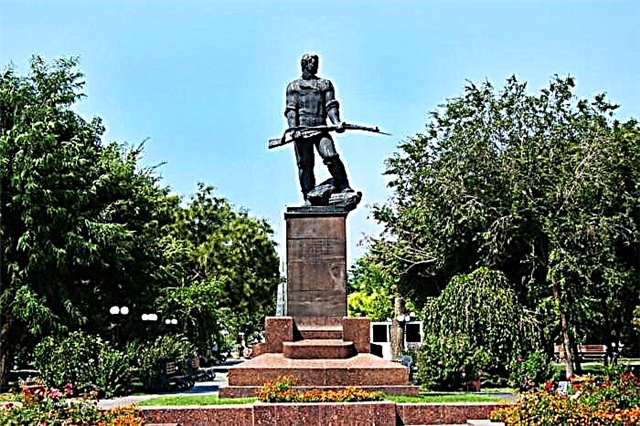
Monument to the Victory in the Second World War
Boulevard Pobedy is the only residential street in Astrakhan that received the status of a boulevard. The architectural ensemble of the memorial site is opened by the sculptural composition "Years of War". The monument consists of two simulated bayonets with red numbers "1945" on them. The height of the composition is about 4 meters.

Monument to I.N.Ulyanov
V. Lenin's father, Ilya Nikolaevich Ulyanov, was born and received his primary education in Astrakhan. He made a great contribution to the development of domestic pedagogy and the education system. A sculpture made of gray granite was installed on Oktyabrskaya Square near the walls of the Astrakhan Kremlin, in the Ulyanovs' family park.

Monument to Omar Khayyam
For the first time in Russia, a monument to Omar Khayyam was erected in Astrakhan in 2016. The place for the sculpture was chosen in the Student Square, not far from the Astrakhan State University. The Persian poet and educator has never been to Astrakhan, but the region is closely cooperating with Iran.The four-meter sculpture was a gift from the Iranian province to the city. The poet is presented in full growth in a national costume with a book in his hands.

Monument to Saints Peter and Fevronia
The sculptural composition is the main decoration of the Family, Love and Fidelity Park. The park is located in front of the Church of the Transfiguration of the Savior in the Trusovsky district of Astrakhan. The monument is not the only one in Russia, 24 copies have been installed in different cities. The sculpture is about 3 meters high and is made of bronze. Around her, green flower beds imitate chamomile petals. There are three paths leading to the monument, called the streets of Faith, Hope and Love.

Monument to Taras Shevchenko
In 2014, the 200th anniversary of the birth of Taras Grigorievich Shevchenko was celebrated. In this regard, in Astrakhan, on the territory of school No. 4, a bust of the writer was installed. The school is named after the Ukrainian poet. In 1857, Shevchenko stayed in Astrakhan, the house where he lived has survived to this day. A memorial plaque with a bas-relief of the writer is installed on the facade of the building.

Monument to S. Kirov
The sculpture on a black marble pedestal is installed in the square named after Sergei Mironovich Kirov, in the center of the city. The famous revolutionary led the defense of the Lower Volga region in 1919. The bronze figure represents a Bolshevik in full growth, in a traditional cloak and cap, his right hand is raised.

Monument to F.E.Dzerzhinsky
The bronze-covered figure of a famous revolutionary stands on a high granite pedestal. He holds a child in his arms. The fact is that for several years Dzerzhinsky headed the commission for improving the lives of children, fought against homelessness in the country. The monument is located in the Trusovsky district of Astrakhan, at the intersection of Dzerzhinsky and K. Marx streets.

"Holy cross"
The monument is dedicated to the founders of Slavic writing, Saints Cyril and Methodius. The brothers visited the Astrakhan land during their educational travels. The veneration cross on the pedestal is not unique; the same crosses are installed in other Russian cities. It was opened in 1994. On the site where the monument is now erected, until 1930 there was a Holy Cross Church.

"Ivanushka and the Little Humpbacked Horse"
The heroes of the Russian fairy tale are embodied in a bronze composition at the walls of the Astrakhan Theater for Young Spectators. Ivanushka holds a firebird feather in his hands, and the Little Humpbacked Horse stands nearby, rising on its hind legs. The figures are made in full size, the total height of the monument is about 2 meters. Favorite monument and object of photo sessions for visitors to the Youth Theater.
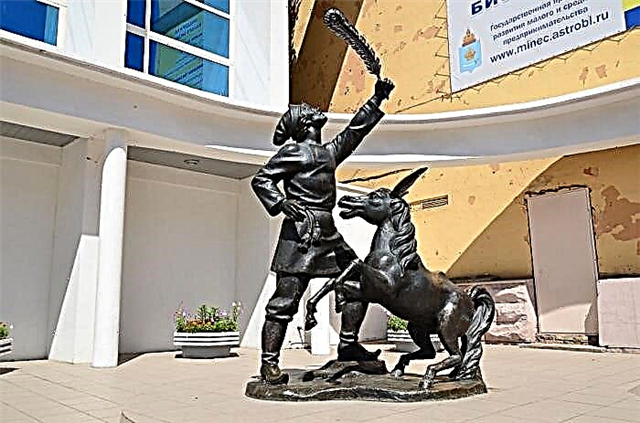
Monument to Heydar Aliyev
The first president of Azerbaijan studied in Russia, often visited here and did a lot to develop friendship between the two states. The sculptures of Heydar Aliyev are made of bronze, the president is presented in full growth. Together with the pedestal, the total height of the monument exceeds 7 meters. It is located in the park named after Heydar Aliyev.

Sturgeon monument
The sculpture is installed near the Volga embankment. A granite sturgeon, about 2 meters high, emerges from the river wave. In the past, unloading of caught fish was carried out in this place. Sturgeon is a kind of symbol of Astrakhan. The monument not only adorns the city, but also should remind of the problem of reducing the population of this fish.

Monument to the Astrakhan Cossacks
The sculpture is installed opposite the Astrakhan Museum of Military Glory, this building previously housed the headquarters of the Cossack army. The monument is a full-length figure of a Cossack dressed in a uniform from the First World War. Behind the back of the warrior is the St. George Cross. The granite pedestal of the monument contains the inscription: "To the Astrakhan Cossacks - defenders of the Fatherland." The opening took place on September 1, 2015, the day of the Russian Cossacks.

"Kolyhanka"
The sculpture was opened in 1955, its author is the Belarusian architect Z. Zagur. The monument is located in the park on the territory of the Clinical Maternity Hospital on Akhsharumov Street. The word "kolykhanka" is translated from the Belarusian language as a lullaby. The bronze figure of a young mother, rocking a baby in her arms, is set on a rounded pink granite pedestal.

"Border post"
The monument was erected in 2017, on the Day of the Border Guard. The granite obelisk is made in the form of a border pillar. The height of the composition is 8 m. Three of the four sides of the pillar are decorated with high reliefs depicting the history of the border troops. On the fourth side there is a plate with the inscription "Monument to the border guards defenders of the borders of the fatherland", in the upper part of the post there is the coat of arms of the border service. The monument is located on the Volga embankment.
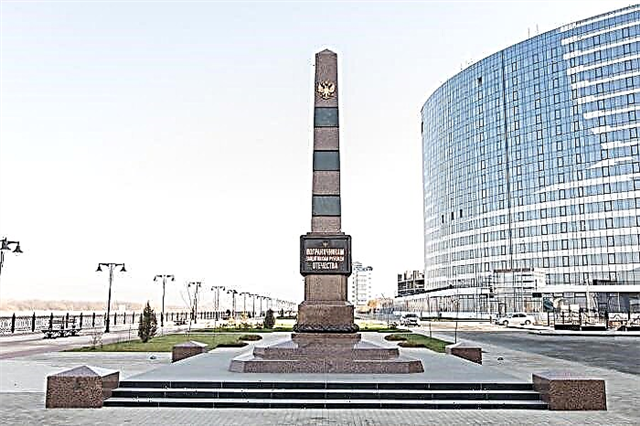
"Zero kilometer"
The history of the appearance of this object goes back to the times of Peter the Great. Then the emperor ordered to place milestones in cities to accurately measure distances. Traditionally, such poles were installed near the post office. Today the central office of the Russian Post in Astrakhan is also located in this place. The pillar is located at the intersection of Kirov and Chernyshevsky streets.

Monument to the Victims of Political Repression
The bronze sculpture depicts a wounded bird entangled in a barbed wire. The composition is installed on a granite pedestal with the inscription “Victims of Political Repression”. The monument was made in 1995 and was located elsewhere. In 2018, during the celebration of the 450th anniversary of the city, the composition was moved to the reconstructed 17 pier.

"Vobla-Nursery"
Vobla has long become a symbol of Astrakhan. The name of the monument was chosen in memory of thousands of people who were saved from hunger during the Great Patriotic War. A small bronze figure of a roach, as it were, flies on top of the waves. The base of the monument is movable, the fish can rotate around its axis. The name of the residents of the city, on whose funds the monument was erected, are marked on the plate. It is located opposite the fishing shop on Kirov Street.



